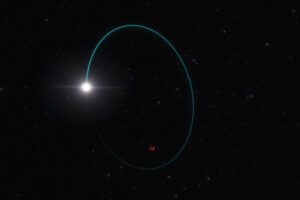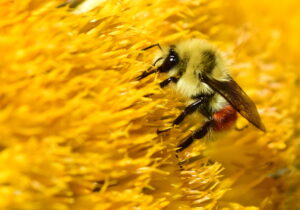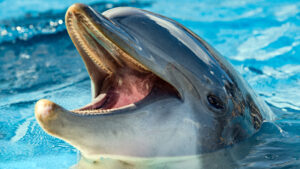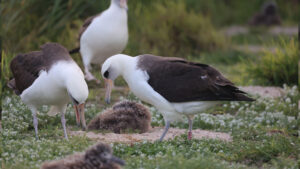Would you lay in a bed for two months straight — for science?
For people inclined toward reclining, this might sound like a dream job, but it could have a serious impact on long-term space travel.
It turns out that languishing in bed for extended periods mimics the effects of space on the human body, which include weakened bones, loss of muscle mass, and changes to blood flow. That’s why the European Space Agency (ESA) has tasked 12 volunteers with spending 60 days lying on their backs, it announced this week.
Reading the fine print reveals that this experiment will hardly be a vacation for its dozen participants. They will stay in beds tilted 6° below the horizontal with their feet up — meals, showers and toilet breaks included.
“Add cycling, spinning and constant medical tests to the equation and it becomes a challenging experience for the sake of human space exploration,” the ESA wrote.
Evidently, just playing the new Zelda game for two months isn’t an option.

Participants are also cycling while lying down, sometimes while spinning in a centrifuge. Photo: European Space Agency
Biking while bedridden
The ESA want to see if certain exercises can help counteract the effects of the sedentary lifestyle — the terrestrial substitute for the effects of zero gravity.
That means participants will cycle while lying down to keep their blood flowing. It’s the first bed-rest test in Europe where researchers will determine if cycling can help counteract the negative effects of weightlessness.
“We encourage volunteers to reach their maximum effort on the bike, and then compare the impact with those who are not biking at all,” Rebecca Billette, the head of clinical research at the French Institute for Space Medicine and Physiology (MEDES), said in the ESA article.
Some participants will try cycling while spinning around in a centrifuge to create artificial gravity. If it helps preserve the participants’ health, astronauts might try something similar in future space missions.
“We hope to understand the added value of artificial gravity to the fitness routine that astronauts follow on the International Space Station,” Angelique Van Ombergen, ESA lead for life sciences at Human and Robotic Exploration, said in the ESA story. “It could become an effective solution for a healthier body during long-duration space missions.”






